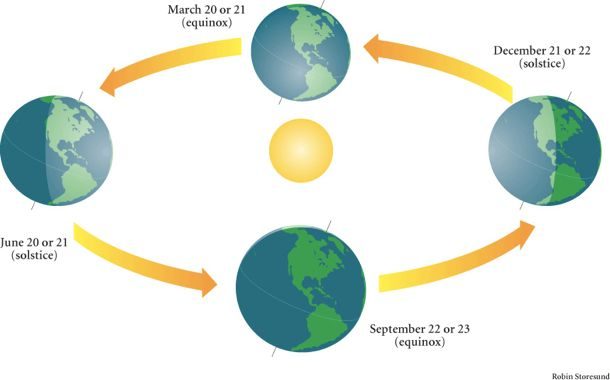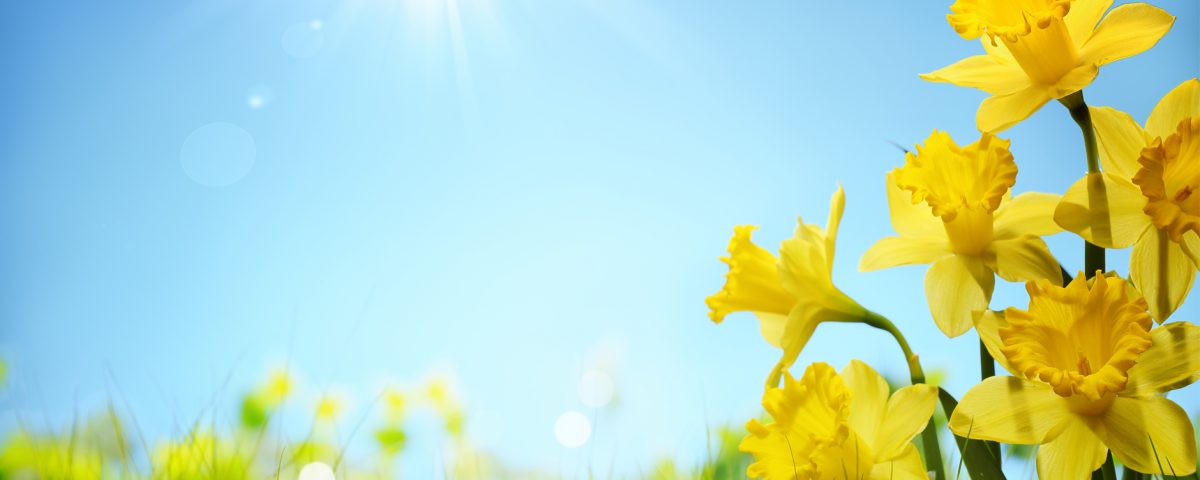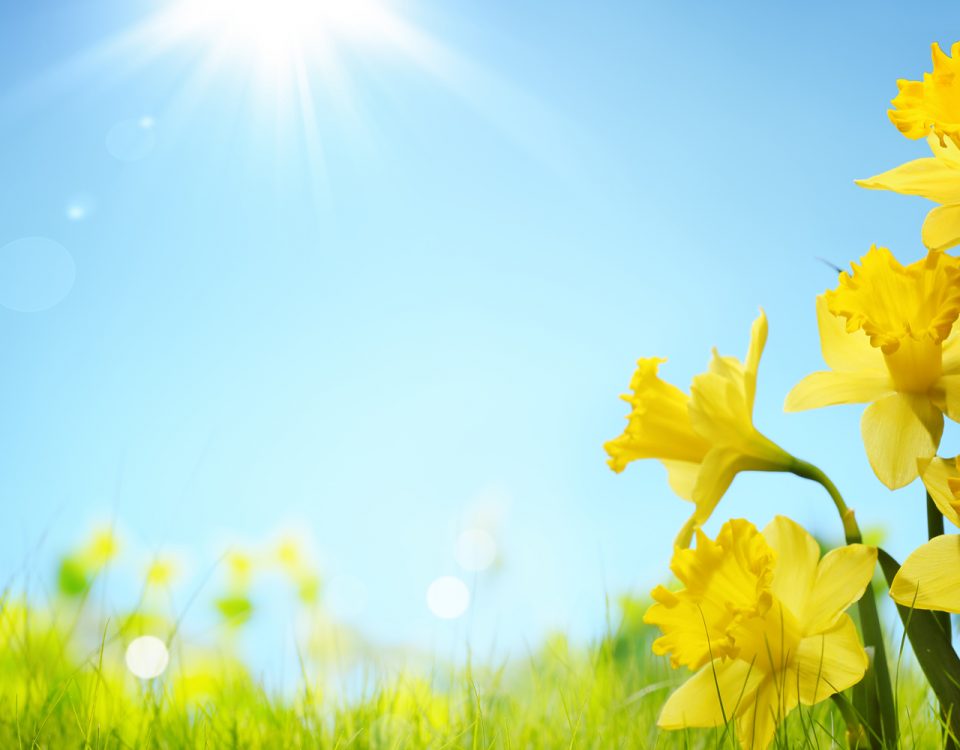
Holi-2019
20th March 2019
Google Stadia
22nd March 2019Spring Equinox
A Day Where Day And Night Has Equal Length. We get pretty excited about the spring equinox bringing us out of winter and officially starting the season of spring. But what exactly is the spring equinox? And does an equinox happen at the start of every season?
What Is an Equinox?

It’s common knowledge the days are longer than nights in summer, and that in winter, the days are shorter. However, this is not quite true during some parts of the year: during equinoxes. An equinox is a point in the year when daytime and nighttime are exactly the same length, 12 hours each. Equinoxes occur twice a year, usually on March 20 and Sept. 22, when the Earth is tilted neither toward nor away from the sun. The word is derived from Latin: ‘equi,’ which comes from aequus, meaning equal, and nox-‘, meaning night.
In actuality, day and night are not exactly the same length on the equinox, but they are very close. There are various reasons for this minor difference in duration. The way we define day and night uses the edge of the sun instead of the center as a point of measurement. Also, refraction allows people to see sunlight sooner than the sun actually rises above the horizon.
Types of Equinoxes
There are only two types of equinoxes. The March and September equinoxes each have their own names. In the Northern Hemisphere, the March equinox called the vernal equinox, while in September, it called the autumnal equinox. In the Southern Hemisphere, the names are the opposite because the seasons are switched. For example, autumn and the autumnal equinox occur in the Southern Hemisphere in March, when it is spring in the Northern Hemisphere.
In the northern hemisphere, the spring, or vernal equinox happens around March 21, when the sun moves north across the celestial equator. The autumnal equinox occurs around September 22nd, when the sun crosses the celestial equator going south. But if you want to be truly egalitarian, opt for saying March equinox and September equinox instead. After all, in the southern hemisphere, March represents the beginning of autumn and spring comes along in September!
So what about the beginning of summer and winter? Well, the equinox often confused with the solstice, which is either of the two times a year when the sun is at its greatest distance from the celestial equator. Solstice derives from the Latin solstitium, which literally means “the standing still of the sun.” The solstice occurs around June 21 and December 22.
Whether you’re celebrating spring or autumn, the March equinox represents an interesting moment in our latest journey around the sun.





